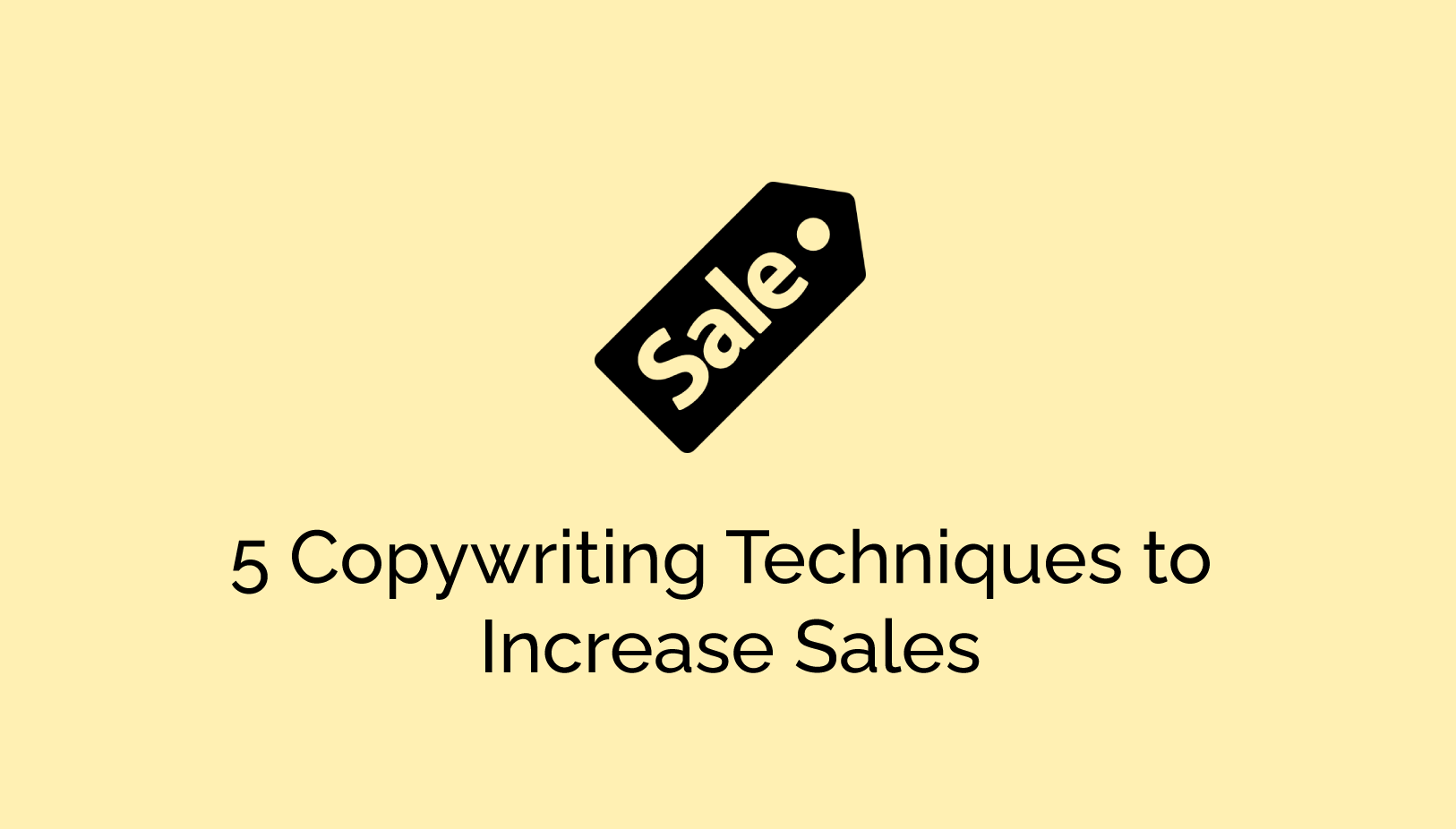Following on from our previous article on formulas, “5 Copywriting Formulas that Assist in Driving Conversions” here are another 5 copywriting techniques designed to help with sales:
The 4 U’s
The birth of the 4 U’s formula is accredited to master copywriter and life coach, Michael Masterson. Designed primarily to write captivating headlines for copy, the formula is also used with great success for social media posts, especially on Twitter. Let’s delve deeper…
- Useful: How does your headline (or Twitter post) help your audience? Show the benefits of what you’re marketing.
- Urgent: Compel your audience to act by including a time frame. This also creates an impression that your audience’s problems can be solved quicker by using your product or service.
- Unique: Be as original as possible. Use copy that stands out and promotes why your product or service is different and better. Create the impression that your audience will benefit more by choosing what you’re selling.
- Ultra-specific: Target your audience specifically and forget about everybody else. Use numbers or steps. Zone in on what will grab the attention of your target market directly.
An example of a headline that uses the 4 U’s formula is as follows:-
“5 Reasons Why ContentBot’s Well-priced, Fast and Easily-editable Long Copy AI Generation Results will Save Copywriters Time Immediately”
The above headline shows that the product is useful as it is easily-editable and saves time. It emphasises urgency by indicating immediate time-saving. It’s uniqueness is that it is well-priced and fast and it is ultra-specific as it gives 5 reasons and targets copywriters directly.
Remember that short headlines can carry impact but that, when using the 4 U’s formula, you are able to generate impact by sticking to the 4 step guidelines expressed.
The Reader’s Digest Blueprint
In his book, Tested Advertising Methods, the late esteemed copywriter, John Caples, encouraged copywriters to make use of the formula that created so much popularity and success for Reader’s Digest in the last century. The 5-step Reader’s Digest blueprint still makes sense today.
- Use fact packed copy.
- Be telegraphic.
- Make use of specifics.
- Use very few adjectives.
- Arouse curiosity.
Reader’s Digest was the best-selling consumer magazine in the United States for many years, losing the distinction in 2009 to Better Homes and Gardens. Considering the ongoing success it experienced since its establishment in 1922, the blueprint has merit. Converting its print-based, established formula to work in the digital age aptly continues its legacy.
Write to One Person
“Good advertising is written from one person to another. When it is aimed at millions it rarely moves anyone.” – Fairfax M. Cone
The reason that you should practice writing to a single person instead of an entire audience makes perfect sense, and is a reason that many copywriters and strategists practice user research and create personas.
When you are speaking to somebody individually, your authenticity and transparency is more apparent than when you’re addressing a crowd. The same will happen if you are writing to a single person. People enjoy personal attention and if you are able to portray that in your copy, you will have a greater chance of converting your audience.
The SCH Formula – Star-Chain-Hook
There are a number of variations for the ‘star’ in this formula. Your star is undoubtedly the main character in your copy but this could be your product or service or it could be an idea.
The chain is how you bind your star to the story – the reasons behind why it’s your star. Any facts, reasons, benefits or sources that you can use to substantiate your star’s status make a perfect chain.
Finally there’s the hook. The hook is your call to action and what will ultimately create the final recognition that your star is indeed just that, by buying into your product, service or idea. This generally won’t happen without a strong chain though, so regard the second stage of this formula as the one that tightly links your star to your hook.
The ‘So What?’ Concept
Often copywriters make statements in their copy. It’s an obvious thing to do. At times it helps us to ask the “so what” question about what we’ve written though, in order to make certain that our statements have the foundation to back them up.
Using this concept in your produced copy as well enables you to provide answers to questions that a reader might have thought of asking had you not already done so, and it also ensures that you haven’t left the answer to any potential questions out of your copy.
Helen Nesterenko, the founder of writtent.com, provides a very good example of the So What concept in her article for the Oracle Modern Marketing Blog:-
“Our knives have the sharpest blades!
So what?
So you can chop ingredients quickly and efficiently, just like the pros!”
Summary
Glenn Fisher, of allgoodcopy.com, said the following:-
“Always be open to ideas. No matter when they appear. No matter where they come from. No matter how strange they might seem.”
This is advice that we should all pay heed to. No matter what copywriting formulas, blueprints or concepts we choose to utilise, none will work as well without an idea behind them. Embrace your creative moments and incorporate them into your copy using some of these 5 copywriting techniques designed to help with sales. Or devise new ones yourself to suit your style.
- Technology and the future of books - July 29, 2021
- The benefits and importance of UX writing - July 29, 2021
- Use the science of music as a tool to enhance creative productivity - July 28, 2021

3 thoughts on “5 Copywriting Techniques to Increase Sales”